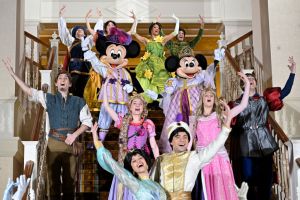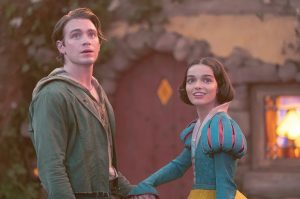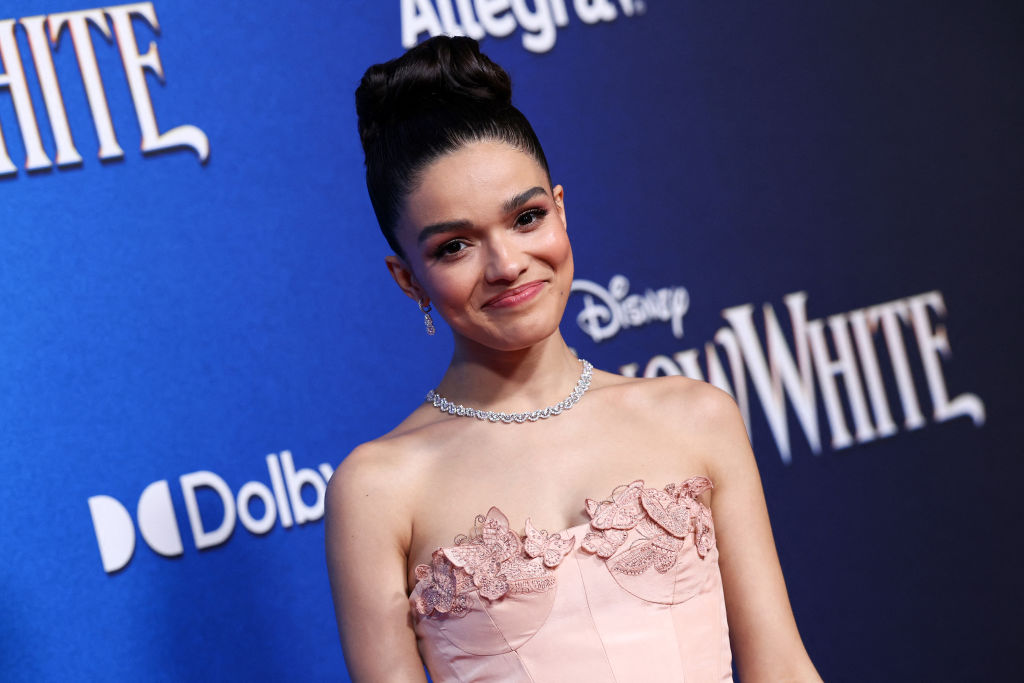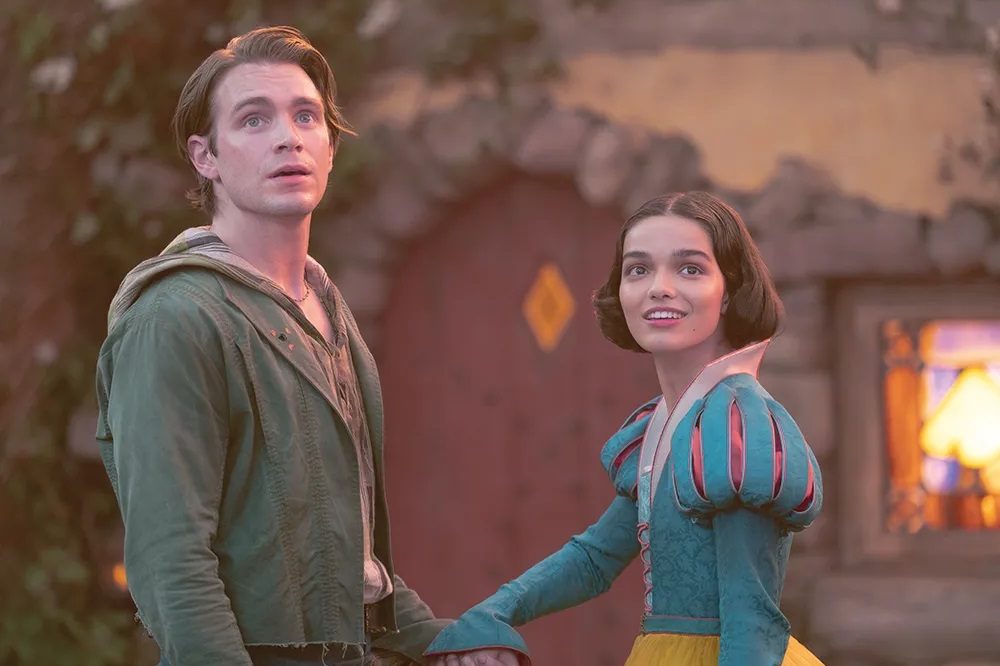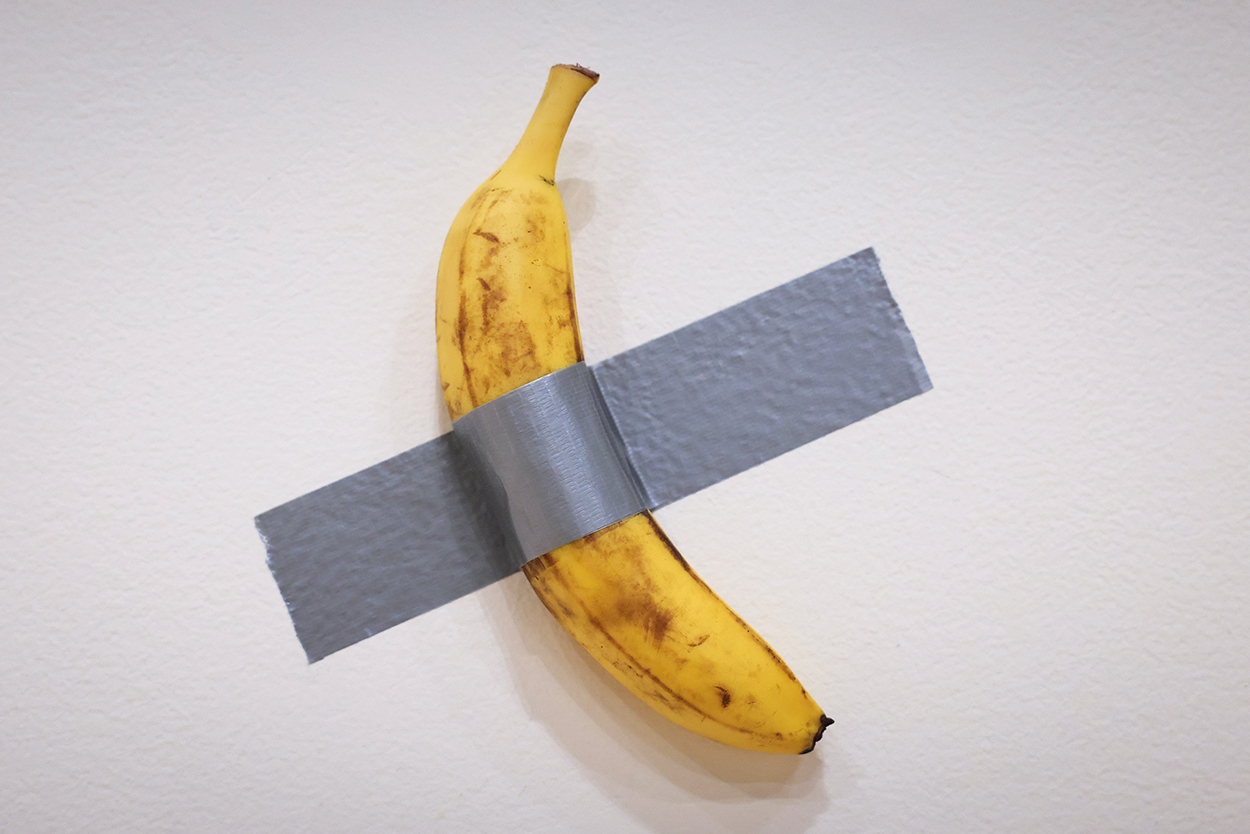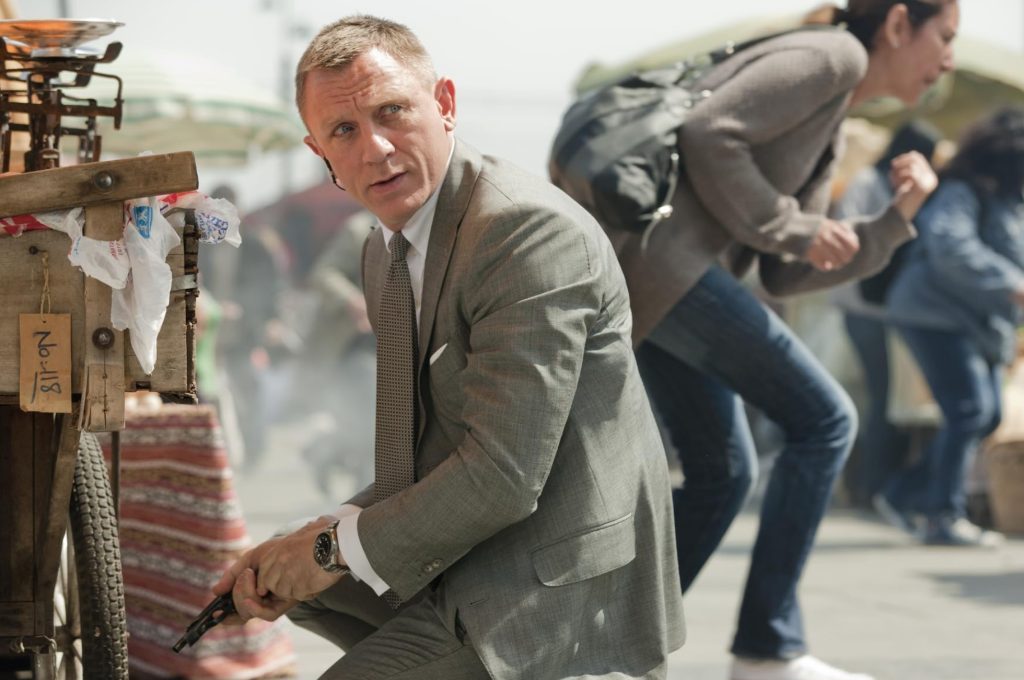“Make it pink! Make it pink!” says the chubby fairy Flora, aiming her wand at Princess Aurora’s new ball gown in Walt Disney’s Sleeping Beauty (1959). A few magic sparks must have fallen on the walls of Disneyland’s Sleeping Beauty Castle in Anaheim, California, which have been painted (and repainted) in several shades of cotton-candy pink since the faux fortress opened in the summer of 1955, well before the film itself was completed. Two centuries earlier, in 1757, Jean Hellot, the general inspector of the porcelain factory at Sèvres, invented the slightly deeper “rose Pompadour,” a ground color named in honor of Louis XV’s chief mistress and the factory’s most important patron. This pink appears on the scallop-patterned lids of two large Sèvres vases (c. 1762) molded to resemble fortified round towers, complete with dormer windows and topped with a tiny domed cupola. The porcelain pair was likely intended for a senior military officer at a time when French elites, both male and female, were obsessed with the color and sought out whimsical pieces of decorative art that stirred the imagination like the cosmetic turrets on the Anaheim folly.
We do not know whether Disney was familiar with these vases, though his Burbank studios were not far from the Huntington Library in San Marino, which owns them. That is of little consequence to Wolf Burchard, the curator of Inspiring Walt Disney: The Animation of French Decorative Arts, the first-ever exhibition on the animator at the Metropolitan Museum of Art. The film, castle and tower vases — now reunited with their only siblings, Met’s own green pair — simply share “creative roots and intentions.” Each was designed, he says, to impart “a playfulness and sense of fun,” which, for better or worse, seems to be the aim of the exhibition itself.
Organized jointly with the Wallace Collection in London, the exhibition places sixty pieces of European decorative art — including tapestries, furniture and clocks, as well as porcelain sculptures — beside 150 examples of film-concept art, amusement park architectural plans and other works on paper from various Disney archives, as well as film clips, in hope of initiating a “dialogue between the imagination, craftsmanship and rhetoric that are the foundation of both Disney cartoons and Rococo decorative arts.” It’s not exactly hard-hitting stuff, but then again, neither was the Rococo, a florid style of art, architecture and interior decoration beloved by ancien régime aristocrats and characterized by sinuous curves, scrolls and undulations that create the illusion of movement — or animation.
Disney got his first taste of Europe as an adventurous sixteen-year-old. Fleeing humble circumstances — the fourth of five siblings in a cash-strapped family, he had bounced around from small-town Missouri to Chicago, delivering newspapers before school and taking art classes at night — he faked his date of birth to enlist as a Red Cross ambulance driver near the end of World War I. Though the conflict had officially ended by the time Disney landed in France on December 4, 1918, there was still work to be done; the teenager remained in the country for ten months. He was first dispatched to Saint-Cyr-l’École, near the gardens of Versailles, and eventually to the Hôtel Régina in Paris, a grand Belle Époque residence opposite the Louvre.
Whatever he saw during this European interlude must have invigorated him. Over the next fifteen years he lived a veritable Cinderella story, transforming from a moonlighting cartoonist into the technical wizard responsible for the first synchronized sound cartoon, Steamboat Willie (1928), and for Flowers and Trees (1932), the first animated film produced using the three-strip Technicolor process. He also began work on the loosely Germanic Snow White (1937), which became the world’s first full-length animated film. Animating eighty-three minutes by hand is a labor-intensive project requiring the coordinated efforts of hundreds of anonymous artists and technicians. When done correctly, the entire film should appear to have been drawn by a single artist. Disney employed stylists, who came up with the overall atmosphere and palette; story artists, who worked on the narrative; character designers; layout artists; members of the Ink and Paint Department, who added the color; and camera operators.
Inspiring Walt Disney makes the case that Disney’s studio functioned in a similar way to an eighteenth-century decorative art manufactory. Early porcelain makers, for instance, split their own process into a series of small steps, including “throwing, fashioning and modeling the clay, followed by glazing, painting, gilding and burnishing,” which ideally produced sculptures with a unified appearance. Like animation, the brightly painted figurines made at the royal Polish manufactory at Meissen (founded in 1710), the first European porcelain makers, relied upon caricature and exaggeration. The French manufactory at Vincennes (founded in 1740 and relocated to Sèvres in 1756), however, was the first to develop biscuit porcelain, a white, unglazed variety that allowed for sculptures of greater subtlety. One example, The Magic Lantern (c. 1760), depicts a young girl peering through an opening in a wooden box — magic lanterns were early image projectors — operated by a young boy tugging on a rope. Her face appears focused and attentive, even enrapt, perhaps like Disney’s first audiences.
Disney was world famous when he next returned to Europe in 1935. On a much-needed break from directing Snow White, he embarked upon a “grand tour” of England, Scotland, France, Germany, Austria, Switzerland and Italy. He visited medieval English castles and Tudor mansions as well as the Hall of Mirrors at Versailles, and he purchased more than three hundred books in French, English, German and Italian, illustrated by artists like Heinrich Kley, Honoré Daumier and Gustave Doré. These formed the core of the reference library his artists relied upon until the advent of search engines. He even hobnobbed with the Lumière brothers, who produced the world’s first film screening in 1895 and, by the mid 1930s, were experimenting with stereoscopic film, an early form of 3D.
Disney, who stopped drawing professionally early in his career, was expert in recruiting talented artists such as Mary Blair, who drew upon her rich knowledge of art history to produce concept art for Cinderella (1950) and Sleeping Beauty (1959). Marc Davis, an animation supervisor on Cinderella, called Blair “the most amazing colorist of all time. I don’t think even Matisse could hold a candle to her.” Blair’s bold concept art for Cinderella, a naive take on the mid-nineteenth-century Rococo Revival, had a profound influence on the final look of the film’s backgrounds. Eyvind Earle, a color stylist and the de facto artistic director of Sleeping Beauty, took inspiration instead from Albrecht Dürer, the Limbourg Brothers, Pieter Bruegel the Elder and Jan van Eyck.
It’s all good fun, but why is this puff pastry of a show at the Met? Burchard explains that Disney’s “animated interpretations of European fairytales have become a lens through which many view Western art and culture today.” C’est un blasphème! Well, perhaps he has a point — in a normal year, over a million people visit Schloss Neuschwanstein, the “real” Sleeping Beauty Castle in southern Bavaria, while incalculable hordes cross oceans in pursuit of Disneyland Paris. The main problem with holding a show like this at the Met is that any designs inspired by elaborate decorative art must be simplified before they can be animated by hand. Peter J. Hall, for example, produced gorgeous color sketches for Cogsworth, the clock in Beauty and the Beast (1991), which resembled the elaborate timepieces made by the cabinetmaker Boulle, but they were rejected for being too difficult to animate.
Much of Disney’s hand-drawn costumes, characters and settings end up being dilutions of dilutions of real masterpieces, an approach which seems silly to promote, given the number of genuine treasures held in storage at the Met. Disney artists could work magic only because they came to the studio armed with a vast vocabulary of visual styles in mind — whether Gothic, Baroque, Rococo or Neoclassical — and could select the handsomest, funniest or scariest elements from each. If our own visual vocabularies are not being expanded by the Met, where else can we go? I reckon today’s teenage Mary Blairs and Eyvind Earles are desperate for something more meaty.
Inspiring Walt Disney is on view at the Metropolitan Museum of Art, New York City until March 6, 2022. This article was originally published in The Spectator’s January 2022 World edition.










